I'm looking for a way to identify genes that are significantly stable across conditions. In other words, the opposite of standard DE analysis.
Standard DE splits genes in two categories: significantly changing on one side, everything else, "the rest", on the other.
"The rest", however, contains both genes that actually do not change, and genes for which the confidence in the change is not sufficient to call them differential.
What I want is to find those that do not change, or in other words, those for which I can confidently say that there's no change across my conditions.
I know this is possible in DEseq by providing an alternative null-hypothesis, but I have to integrate this as an extra step into someone else's pipeline that already uses limma, and I'd like to stick to it. Ideally I would like to test for both DE and non changing genes in a similar way, something conceptually similar to changing the H0 in DEseq.
At the moment the code to test for DE goes like:
# shaping data
comparison <- eBayes(lmFit(my_data, weights = my.weights^2))
results <- limma::topTable(my_data, sort.by = "t",
coef = 1, number = Inf)
as an example I'd love something like the following, but anything conceptually alike would do.
comparison <- eBayes(lmFit(my_data, weights = my.weights^2), ALTERNATIVE_H0 = my_H0)
I know treat() allows to specify an interval null hypothesis by providing a fold change, citing the manual: "it uses an interval null hypothesis, where the interval is [-lfc,lfc]".
However this still tests for change from a central interval around 0, while the intervals I would like to test against are [-inf,-lfc] + [lfc,inf].
Is there any option I'm missing?
Thanks!
